Motor Speech Disorder
What is Motor Speech Disorder?
Motor speech disorders are a group of speech disorders that result from “neurological impairment affecting motor planning, programming, neuromuscular control, or execution of speech” (Duffy, 2005). This means that, although the person knows what they want to say, there will be a problem moving the lips, tongue and palate to make speech sounds accurately. These difficulties can occur if someone has a disease or disorder that affects the central or peripheral nervous system. These can include Parkinson’s disease, Huntington’s disease, or amyotrophic lateral sclerosis (ALS or Lou Gehrig’s disease). Motor speech difficulties can also result from a traumatic brain injury. Children may have a motor speech disorder if they have cerebral palsy or any other condition that affects their nervous or muscular systems.
Because there is a problem with the nervous system that controls speech, a person with a motor speech disorder may also have difficulties during conversation controlling their breathing, pitch and tone of voice, and loudness level.
Motor speech disorders include apraxia and dysarthria.
What can professionals do to help?
The speech-language pathologist (SLP) provides assessment of oral motor and speech production skills. This means the SLP will observe how well the person can move the tongue and lips (range, motion and accuracy) and will assess speech sounds, voice, and resonance (too much or too little air coming through the nose). After gathering information about strengths and needs, the SLP develops a treatment plan to support the person’s communication. The SLP will work with other professionals, such as doctors, therapists, and community members, to develop strategies and supports that help the person become a successful communicator across a variety of environments. Educating and coaching friends and family are extremely important to reduce frustration and maintain quality of family life.
If needed, the SLP may suggest an alternative or augmentative communication method or device.
